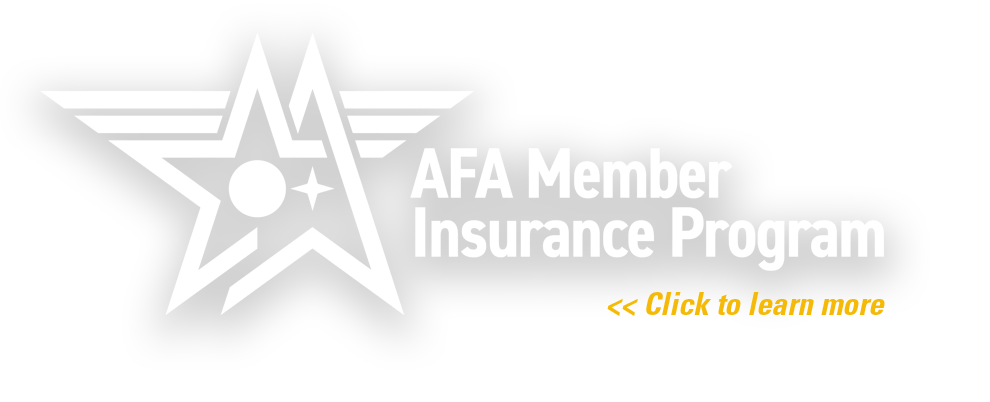The  Air Force will stick with the E-8C JSTARS fleet, along with Global Hawk Block 40 remotely piloted aircraft, to track moving ground targets from overhead, Chief of Staff Gen. Norton Schwartz told lawmakers on Tuesday. The service’s analysis of alternatives that explored capability options for future ground moving-target indication is complete, said Schwartz in testimony before the Senate Armed Services Committee. “The substance of that AOA indicated that a blend of Global Hawk Block 40 and a business-class [intelligence-surveillance-reconnaissance] platform was the least cost, highest performing alternative,” he explained. However, “we simply don’t have the resources,” he continued, “to undertake a new-start business-class ISR platform.” As a result, “we will continue with the combination of the JSTARS GMTI capability with the companion Block 40 Global Hawk,” he said. On Jan. 25, Air Force officials presented the AOA to the Pentagon’s cost assessment and program evaluation office for a sufficiency review that “is still under way,” said Schwartz. The JSTARS fleet is already in place and the Air Force plans to buy 11 Global Hawk Block 40 aircraft, which carry the sophisticated MP-RTIP radar. (Donley-Schwartz joint statement)
Air Force will stick with the E-8C JSTARS fleet, along with Global Hawk Block 40 remotely piloted aircraft, to track moving ground targets from overhead, Chief of Staff Gen. Norton Schwartz told lawmakers on Tuesday. The service’s analysis of alternatives that explored capability options for future ground moving-target indication is complete, said Schwartz in testimony before the Senate Armed Services Committee. “The substance of that AOA indicated that a blend of Global Hawk Block 40 and a business-class [intelligence-surveillance-reconnaissance] platform was the least cost, highest performing alternative,” he explained. However, “we simply don’t have the resources,” he continued, “to undertake a new-start business-class ISR platform.” As a result, “we will continue with the combination of the JSTARS GMTI capability with the companion Block 40 Global Hawk,” he said. On Jan. 25, Air Force officials presented the AOA to the Pentagon’s cost assessment and program evaluation office for a sufficiency review that “is still under way,” said Schwartz. The JSTARS fleet is already in place and the Air Force plans to buy 11 Global Hawk Block 40 aircraft, which carry the sophisticated MP-RTIP radar. (Donley-Schwartz joint statement)
USAF to Start Rotating Fighters to Misawa
May 12, 2025
The Air Force will rotate fighters through Misawa AB, Japan starting this summer to bridge the gap between the F-16 drawdown and the F-35 delivery, expected to start in Spring 2026. The rotation of fighter squadrons will continue until the base's new f-35 fleet achieves full operational readiness.

